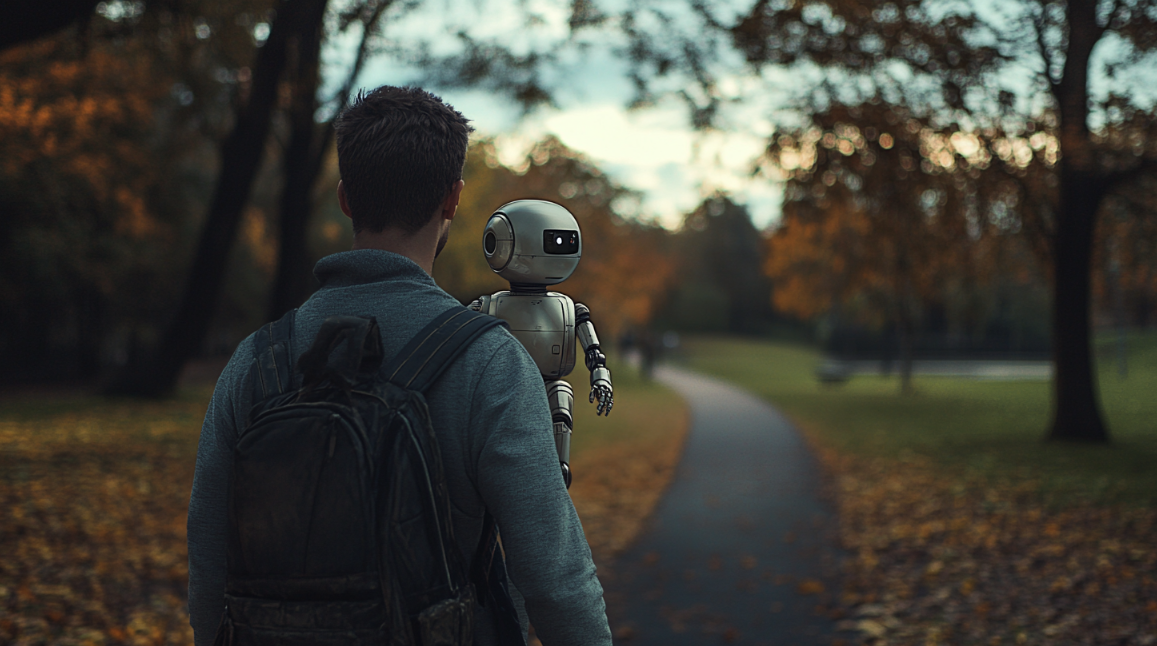Bo Sacks recently posted this article: The creator economy is failing to spread the wealth
(If you’re not following Bo Sacks, you should.)
From the article linked above …
The creator economy was supposed to democratize media, but it turns out that a small portion of creators still reap the most revenue for their work across multiple platforms.
Who came up with this “was supposed to” stuff? Nothing in life works that way.
A few musicians make most of the money. A few scientists write most of the papers. Talent is not evenly distributed, and neither is success.
These things follow the Pareto Principle and Price’s Law.
The Pareto Principle: roughly 80 percent of consequences come from 20 percent of causes. Or, to put it another way, 20 percent of the people do 80 percent of the work. 20 percent of a firm’s clients generate 80 percent of the firm’s revenues. 20 percent of the design flaws result in 80 percent of the crashes. 20 percent of criminals commit 80 percent of crimes.
It seems overly mystical when you put it that way, as if there’s some magic force causing behaviors to follow a pattern. But apparently things tend to work out that way, and it’s mostly just a question of statistics and deviation from the mean.
If someone said 20 percent of all walnuts make up 80 percent of the ones that make it to market, you’d think, “sure, some are larger, some are misshapen, some have worms, etc.” But it bugs us when the same math applies to humans.
Price’s Law: 50 percent of the work is done by the square root of the total number of people who participate in the work. If there are 100 employees, 10 will do 50 percent of the work. If there are 10,000 employees, 100 will do half the work.
It’s clear that both these things can’t be true, since they give different answers. They’re both approximations of the reality, which is that talent, success, productivity, stupidity, etc., are not evenly distributed. The tail of the distribution curve is where most things happen.
I don’t think this is something to be solved, any more than “darn that water is wet” is something to be solved. It’s the way things are, and we aren’t helping ourselves when we create unrealistic expectations — e.g., that some new technology or policy or program is going to change the distribution of talent.




